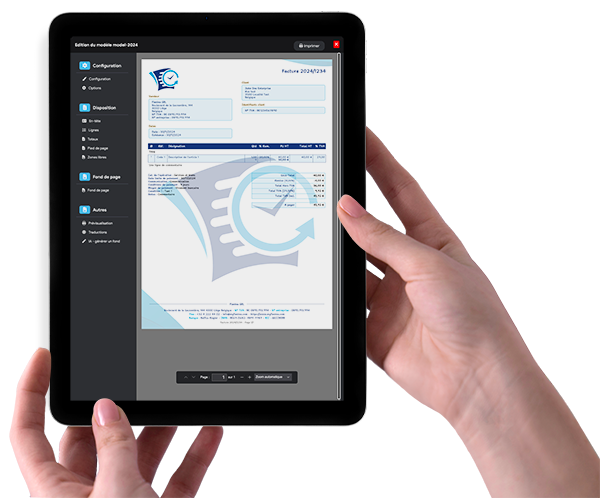How to improve business cash flow? | 5 tips
Do you need a little help to improve your business cash flow? Do you want to optimize it, increase it to invest in the future? To be honest, there are many reasons to take an interest in your cash flow. In any case, if you're here, it's because you've understood that it plays a fundamental role, especially if your company is in a growth phase and the working capital requirement (WCR) is increasing at high speed. So, how to improve it, or even regain positive cash flow? In this article, our experts give you 5 concrete tips.
What is business cash flow? | Definition
Before we start, we think it's important to define what business cash flow is. Simply put, it's the total amount of available funds.
Learning to manage it should be one of your priorities, as it will allow you, among other things, to avoid going out of business and to be able to anticipate in case of bankruptcy. We don't know your current situation, but in most cases, a company's cash flow can always be improved. This way, you can achieve 2 important objectives:
- secure funds and make them available at all times;
- invest the rest for the longer term.
1 - Negotiate payment terms with suppliers to improve business cash flow
First of all, do you have a keen eye on the money coming into your business? After all, maybe you're not selling enough or you're not making enough margin on your products. Then, it's also possible that you have a large customer base, but payment terms are too long, or even too numerous.
Another point: consider making a quick phone call to your suppliers to renegotiate payment terms. Many are frightened at the idea of having this discussion with their partners. However, this is entirely part of the business world and a simple conversation could help you negotiate payment terms that suit you better. In short, extend your payment terms to improve your cash flow.
Of course, if you want to negotiate peacefully, it's also important to maintain good relationships with your suppliers, right from the start.
2 - Take necessary precautions to avoid unpaid invoices and late payments
Asking for larger deposits is also a solution. This way, you can work with more peace of mind, as you'll already have a good portion of the liquidity.
You can also make sure to manage more effectively late payments (systematic reminders, formal notices, etc.). Of course, during your various reminders, be sure to remain courteous, but also be firm.
To avoid bad payers, also consider implementing acceptance procedures for new customers. This will allow you to verify their solvency and therefore, secure yourself more.
3 - Create a cash flow plan to see more clearly and react in time if needed
To better manage your financial flows, establishing a cash flow plan can also help you. This way, you'll see more clearly regarding:
- customer collection times;
- supplier payments, etc.
You'll have a real overview of your monthly cash inflows and outflows. Of course, remember to include your fixed and forecast costs. You can also learn more about inventory turnover frequency, etc.
Does this work seem tedious? However, it's necessary. Thus, if your cash flow deteriorates, you can correct course in a timely manner.
4 - Optimize inventory turnover to increase cash flow
Optimizing your inventory management is an essential point. By reducing necessary inventory, but continuing to honor your customer orders, you'll have won everything. This will prevent you from letting part of your money sleep in the warehouse. In short, you'll allow the company to lower the value of its current assets and its WCR.
5 - Use factoring to optimize business cash flow
If a company has a full order book, this doesn't mean that its cash flow is doing well. Most of the time, this can be due to late payments, for example. Fortunately, it's possible to remedy this through "factoring". This financing technique is fairly unknown, but nevertheless, formidably effective. It consists of having your invoices financed by a specialized organization called a "Factor". Adopting it means getting your customer invoices paid within 24 hours.
For many entrepreneurs, invoice financing proves to be an indispensable tool. It's an effective way to finance customer receivables as quickly as possible, because in most cases, it only takes 24 (or 48 hours) to get the money from receivables once they're submitted to the "Factor".
What to remember
To improve business cash flow, the entire Flexina team invites you to remember these 5 essential tips:
- - Negotiate payment terms with suppliers;
- - Take necessary precautions to avoid unpaid invoices and late payments;
- - Create a cash flow plan to see more clearly and react in time if needed;
- - Adopt just-in-time inventory management;
- - Use factoring to optimize business cash flow.
All that's left is to apply them as soon as possible.




